What is the Best Fake Succulents Plants?
Explore the enchanting world of succulent plants in this comprehensive guide. Discover what makes succulents unique, their care requirements, and more. What is the Succulents plants? Find out here!
Table of Contents
Artificial Succulents | Fake Succulents
Your home’s heat should be increased. High-quality, low-maintenance artificial succulent plants will provide a touch of the Southwest to any space. Feel assured in our designs to capture Mother Nature’s beauty at every branch, stem, and leaf. Our designs are inspired by nature and made by horticulturists from high-quality materials. Why not invest in some realistic imitation succulent plants to improve the appearance of your home since they never require any upkeep. You can delight that the ideal succulent is waiting for you, regardless of the size of your area or your budget. Explore our exclusive choice of desktop plants and tall plants right away to turn your room into a lush haven.
Succulent plants have gained immense popularity in recent years, and for good reason. Their striking appearance, low maintenance requirements, and resilience make them a favourite among garden enthusiasts and indoor plant lovers alike. In this detailed article, we will delve into the fascinating realm of succulents, answering the fundamental question: What is the Succulents plants? Along the way, we will explore various aspects of these remarkable plants, from their characteristics and varieties to their care and propagation. So, let’s embark on a journey to uncover the beauty and mystery of succulent plants.
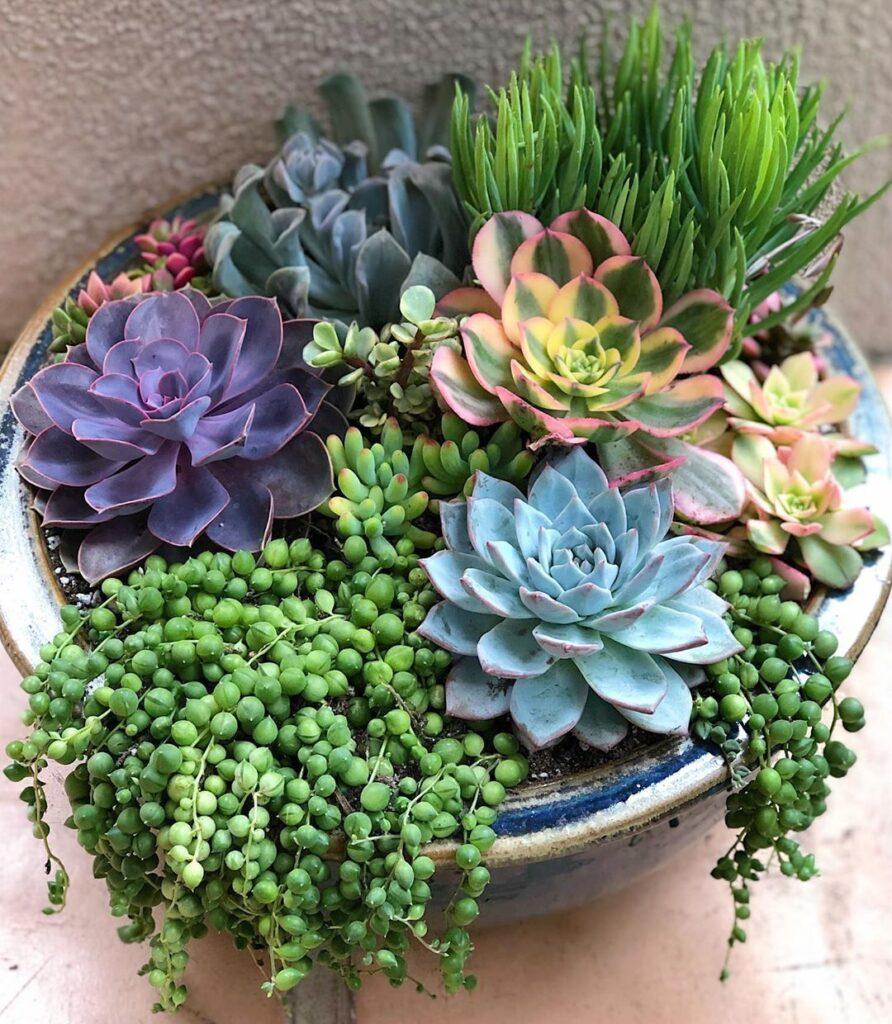
What is the Fake Succulents plants?
A class of plants known as succulents hold water in their leaves. Although most species and genera have large, meaty leaves, some have thicker leaves than others. Succulents prefer arid conditions and don’t do well under high levels of humidity.
The best development and flowering will be achieved with proper watering, just like with any other plant. While they do require water to survive, they can withstand prolonged droughts by relying on the nutrients and water that are stored in their leaves. If their roots are left in water for an extended period of time, they will begin to rot and die.
The majority of succulents prefer warm conditions and cannot survive freezing. Due to the water that is stored in their leaves, plants frequently die or have mushy leaves when they freeze. Although they do better in warmer climates, some sedum and sempervivum species can endure temperatures below zero.
Succulents frequently experience colour changes as a result of extreme temperature fluctuations, dehydration, or lack of sunlight. When given a shock, such more sunshine than they are used to, succulents often “blush” or change colour. Usually, succulents that don’t get enough sunshine will be bland or green. They have a wide colour spectrum when completely flushing, ranging from pinks, oranges, and purples to practically black and crimson.
Succulents’ ease of reproduction is one of their outstanding features. Many species may sprout new plants from a leaf that has fallen off the plant, while some species can reproduce more readily than others. As the puppies grow bigger, some breed new ones. Learn more about succulent propagation!
Although cacti are considered succulents by definition, they are frequently mentioned separately from other succulents. Succulents occur in a vast range of colours, forms, and textures because they belong to numerous genus and species.
A wide range of plants called succulents are distinguished by their capacity to store water in their leaves, stems, or roots. This unique adaptation allows them to thrive in arid and semi-arid regions where water is scarce. The word “succulent” itself is derived from the Latin word “sulcus,” which means juice or sap, highlighting their water-retentive nature.
What are the benefits of fake succulents in plants?
- They Can Brighten A Home in Any Climate.
- They Can Help to Purify the Air.
- They Improve the Humidity of Your Home.
- They Can Add Fresh Oxygen to Your Environment.
- They Can Improve Your Focus.
- They Can Increase Pain Tolerance.
- They Enhance Memory.
The Beauty of fake Succulent Diversity
There is a dizzying variety of colours, sizes, and forms available for succulents. From the classic rosette-shaped Echeveria to the tall and spiky Agave, there is a succulent to suit every aesthetic preference. Some succulents even produce stunning flowers that add an extra layer of beauty to their already captivating appearance.

Varieties of fake Succulents
When asking, “What is the Succulents plants?” it’s essential to recognize that this category encompasses a wide range of plant species. Among the most common varieties are:
- Echeveria: These rosette-forming succulents are known for their symmetrical leaves and vibrant colours.
- Sedum: With their fleshy, trailing stems, sedums are excellent choices for hanging baskets.
- Aloe: Aloe Vera, in particular, is famous for its soothing gel, while other aloes exhibit striking architectural features.
- Haworth: These small, windowed succulents are perfect for adding interest to your succulent collection.
- Agave: Agaves boast impressive size and striking architectural forms, making them standout garden focal points.
Caring for Succulents
Light Requirements
Succulents thrive in bright, indirect sunlight. Placing them on a sunny windowsill or in a well-lit spot in your garden will ensure they receive the light they need to flourish.
Soil and Potting
Well-draining soil is crucial for succulents. A mix specifically formulated for cacti and succulents is readily available in gardening stores. Additionally, using pots with drainage holes prevents overwatering and root rot.
Watering
One of the most common misconceptions about succulents is that they require minimal water Despite their resistance to drought, they nevertheless require frequent irrigation. The key is to let the soil dry out completely between watering to prevent root rot.
Temperature
Succulents thrive in moderate temperatures. Protect them from extreme heat or cold, as sudden temperature fluctuations can stress the plants.
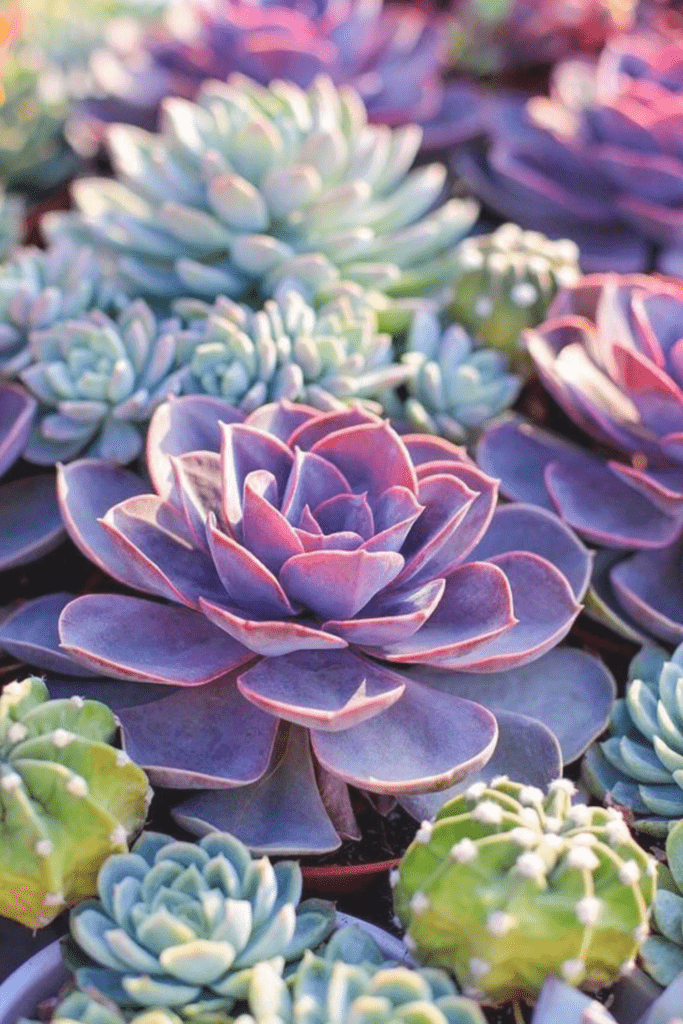
Propagating Succulents
If you’re looking to expand your succulent collection or share these wonderful plants with friends, propagation is an exciting option. Succulents can be propagated through various methods, including:
- Leaf Cuttings: Simply remove a healthy leaf and allow it to callus before planting it in soil.
- Offsets: Some succulents produce offsets, which are small plants that grow alongside the main plant. These can be separated and replanted.
- Seeds: While slower, growing succulents from seeds allows you to experience the entire life cycle of these fascinating plants.
FAQs about Fake Succulent Plants
What plant is a succulent?
Succulent, any plant with thick fleshy tissues adapted to water storage. Some succulents (e.g., cacti) store water only in the stem and have no leaves or very small leaves, whereas others (e.g., agaves) store water mainly in the leaves.
What is a succulent plant good for?
They purify the air – Succulents, like snake plant and aloe vera, are excellent at cleansing the air and removing toxins. NASA’s research found that they are able of removing 87 percent of volatile organic compounds (VOC).
Which succulent plant is lucky?
Among several other succulent plants which are kept at home, the jade plant is considered to be the luckiest one as per Feng Shui rules.
Is succulent good for home?
Keep these plants in the bedroom for an extra boost of refreshed air during your sleep that ultimately leads to a better night’s sleep. They purify the air – Succulents, like snake plant and aloe Vera, are excellent at cleansing the air and removing toxins.
Do succulents need water?
The most important rule for watering succulents is this: Only water when the soil in the succulents’ growing container is bone dry. We repeat, let the soil dry out completely between watering. If the soil isn’t crumbly, dry dirt, don’t water it. See, most houseplants want their soil moist at all times.
How long do succulents live?
Succulents come in different types, and their lifespan varies. For example, a Hens and Chicks succulent can live from 3, and above years, a Jade plant can live from 70 to 100 years, while a Barrel Cactus can live for centuries! It’s incredible how long succulent plants can live.
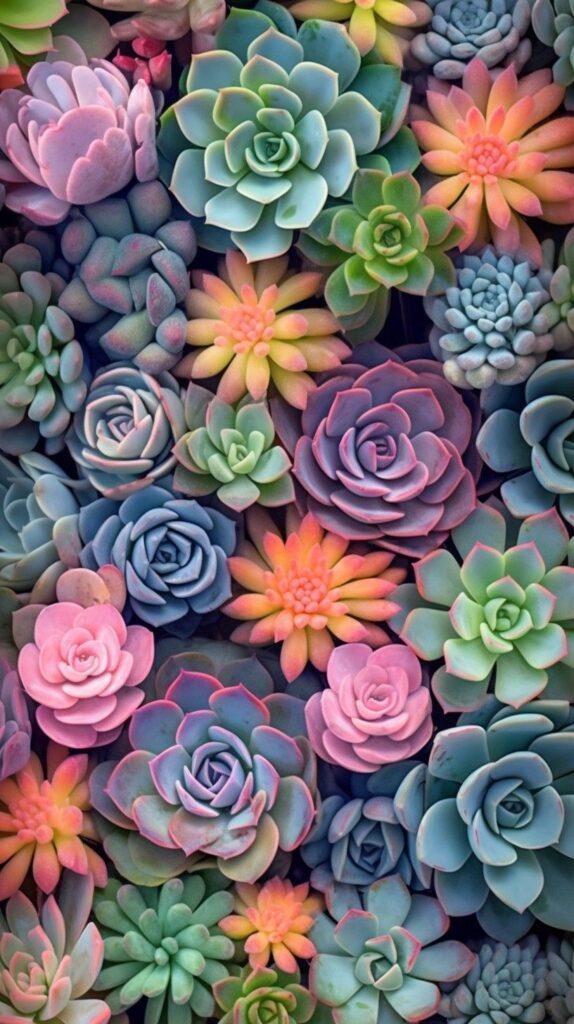
Conclusion
In conclusion, succulent plants are not only visually stunning but also remarkable in their adaptability and resilience. Answering the question “What is the Succulents plants?” has allowed us to explore the diverse world of these water-storing wonders. Whether you’re a seasoned gardener or a beginner, succulents offer an excellent opportunity to add a touch of natural beauty to your surroundings. So, go ahead and embark on your succulent journey, and may your green-thumb adventures be as vibrant as these exceptional plants.
About The Author

Pruthvirajsinh
THE WAY YOU NEED IT
Connect with us
Recent Posts
- Decorate Your Home Space With Artificial Grass In 2023
- #1 Top 5 Creative Festive Garden Decor Ideas
- #1 The Most Easy Way to Protect Your Plants From Frost In USA
- #1 BEST TULSI REDUCES ACTIVE ACNE IN 2023
- #1 Best 7 indoor plants that people with amazing-smelling homes use to scent their spaces naturally
Information
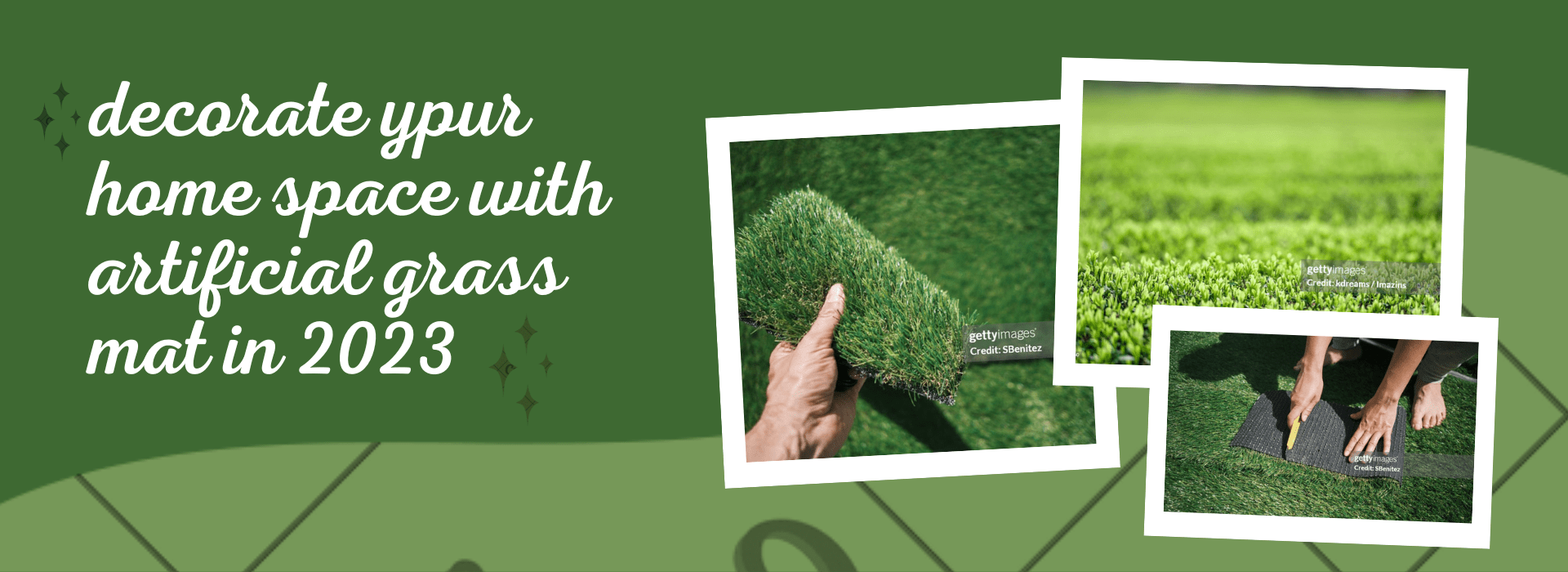
Decorate Your Home Space With Artificial Grass In 2023

#1 Top 5 Creative Festive Garden Decor Ideas
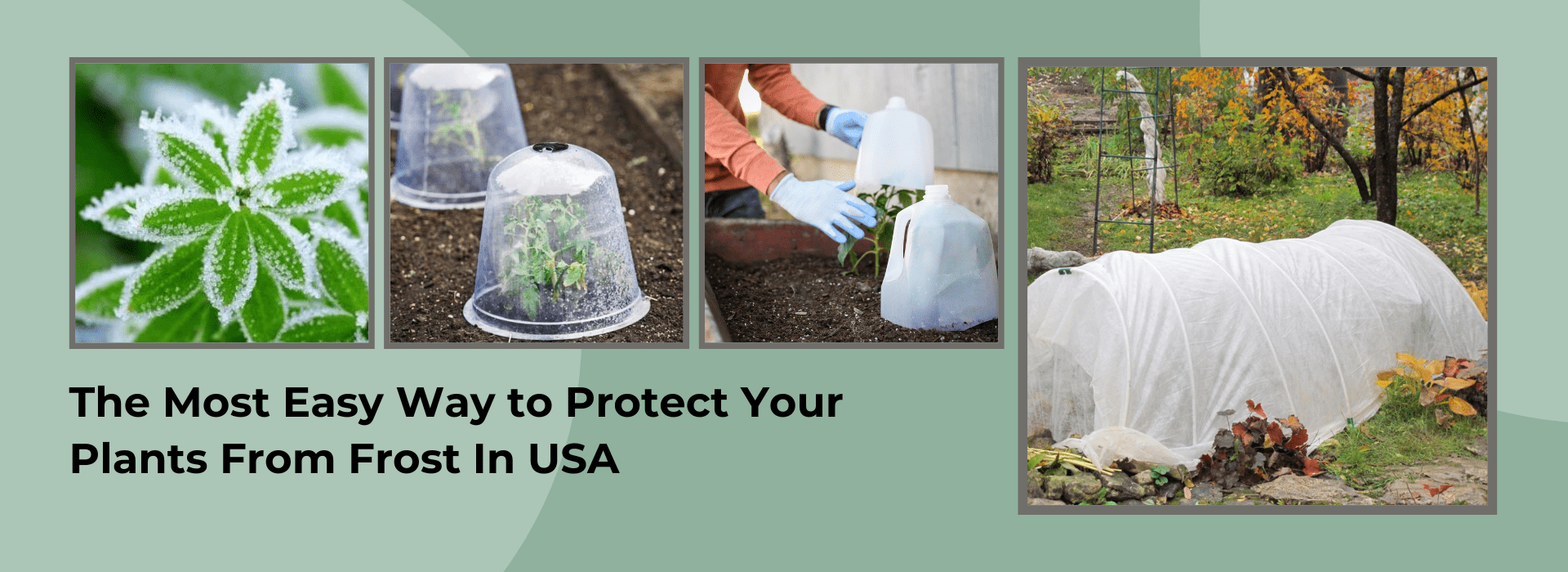
#1 The Most Easy Way to Protect Your Plants From Frost In USA
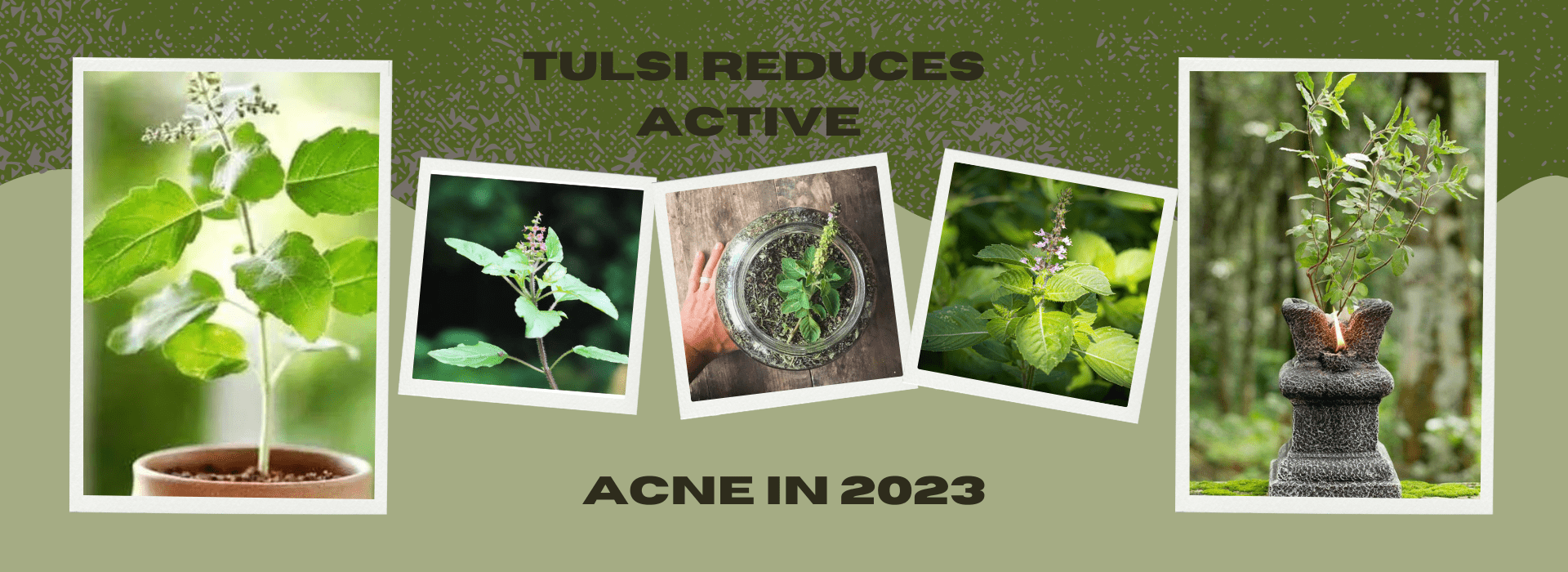
#1 BEST TULSI REDUCES ACTIVE ACNE IN 2023

#1 Best 7 indoor plants that people with amazing-smelling homes use to scent their spaces naturally
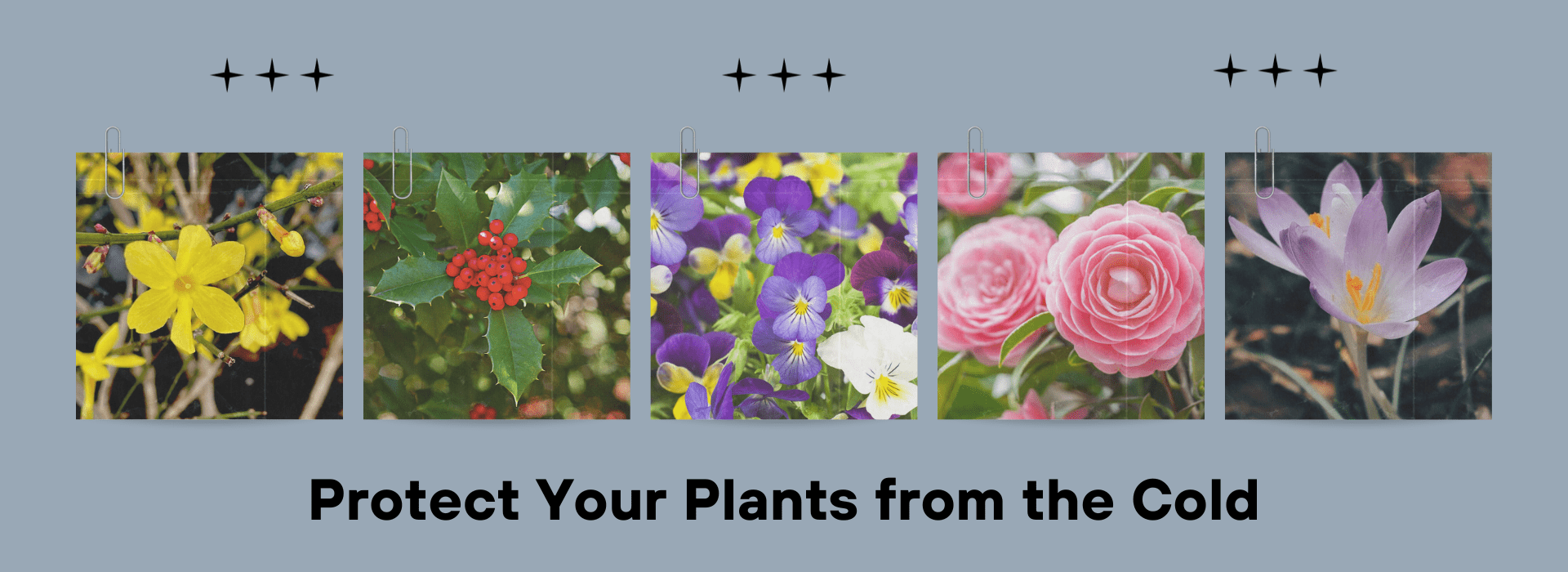

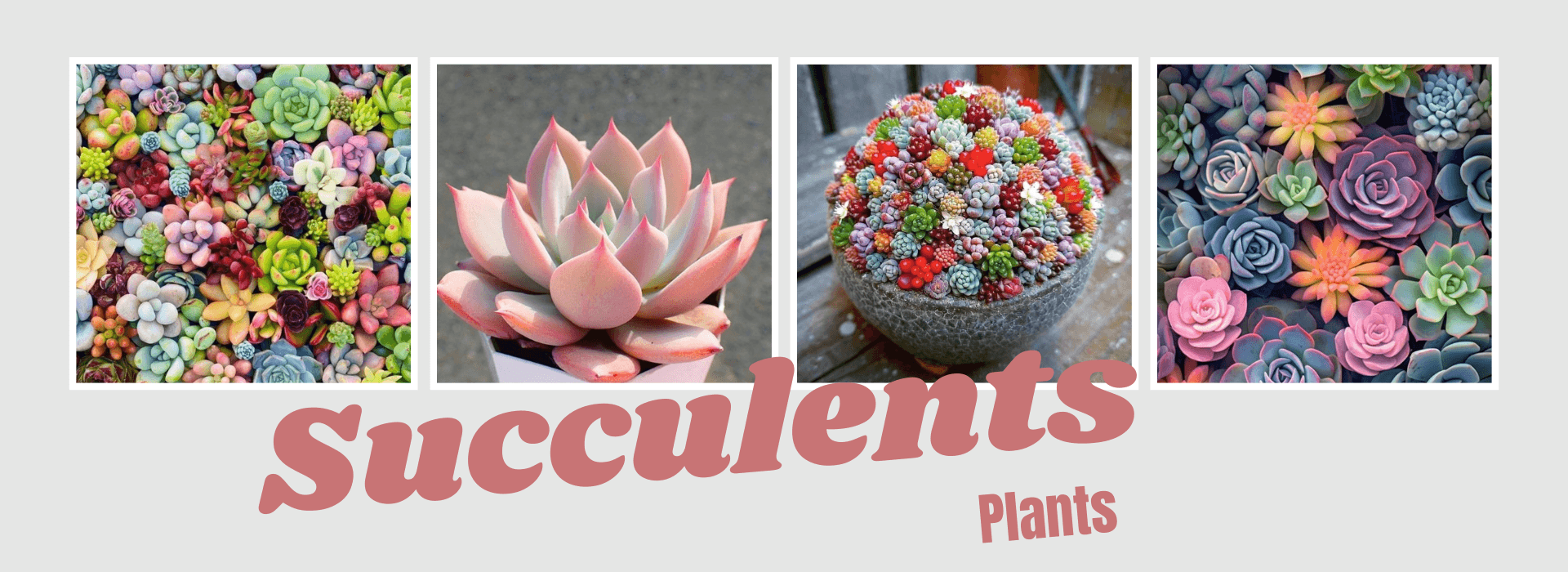

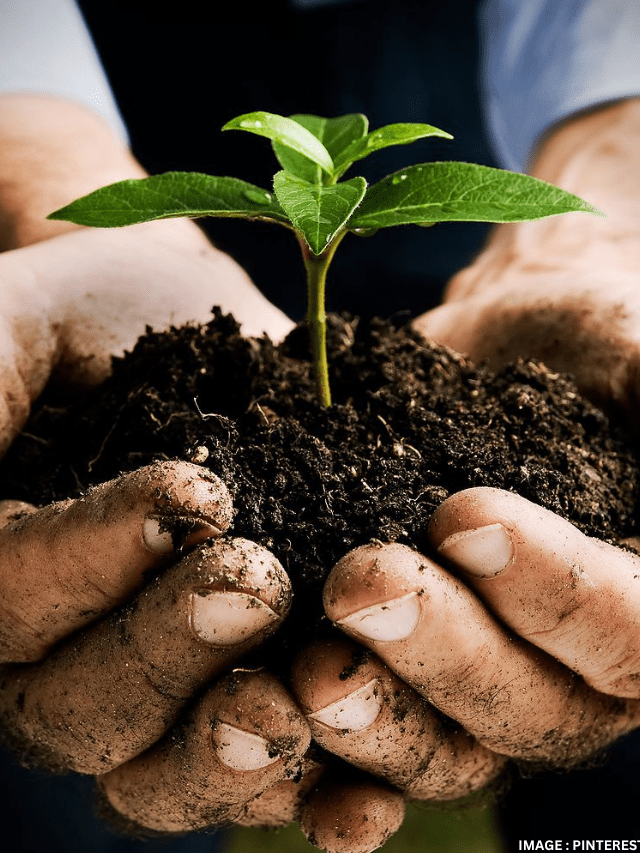


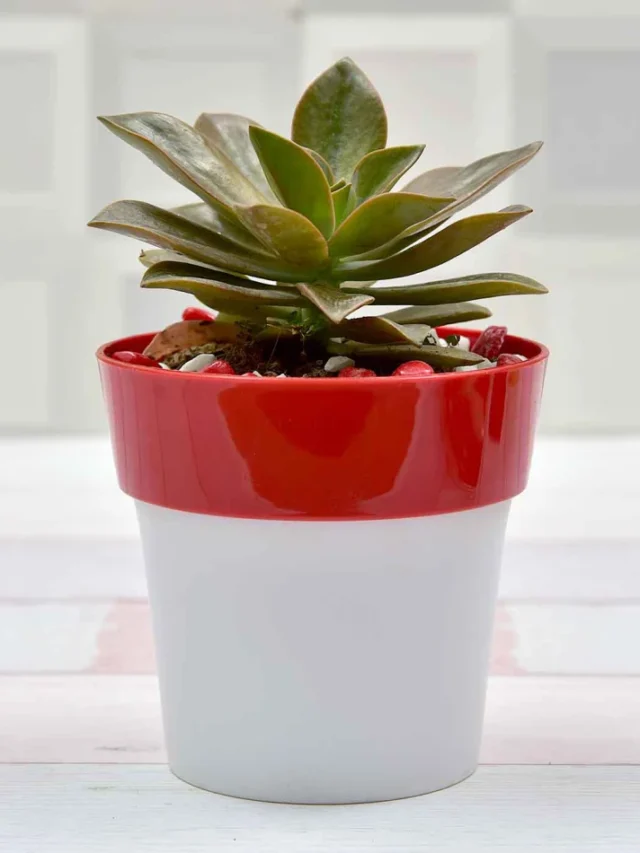
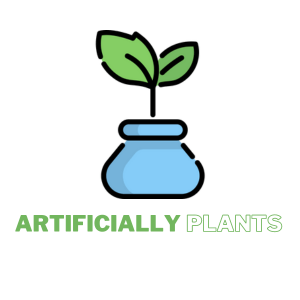
Recent Comments